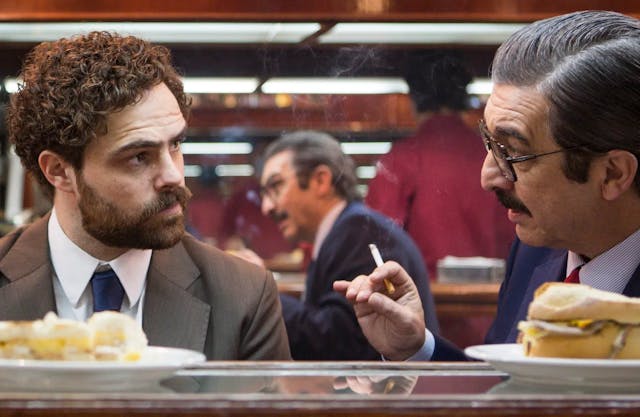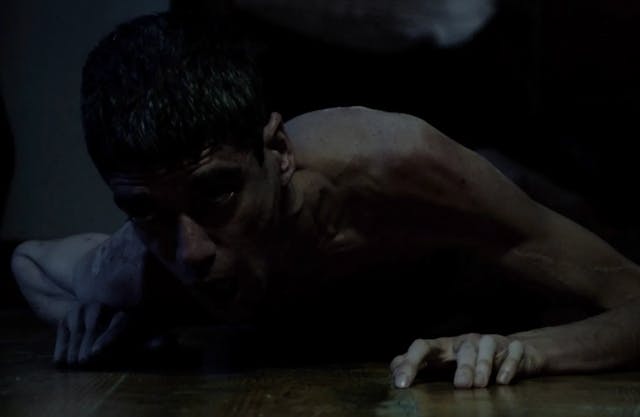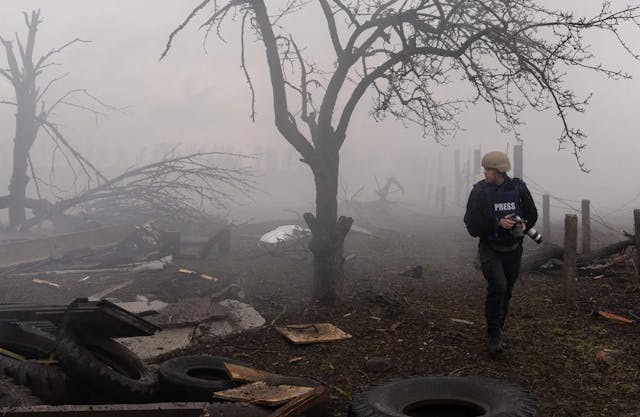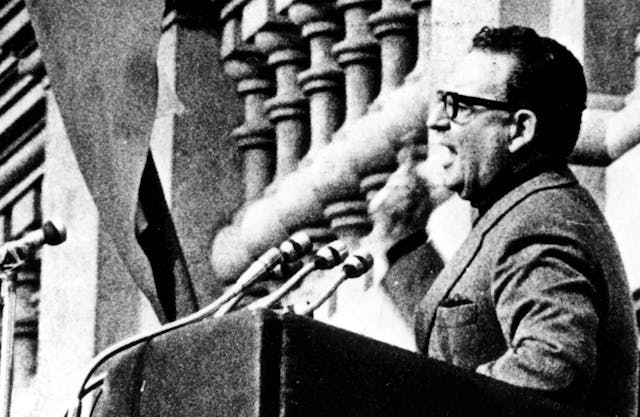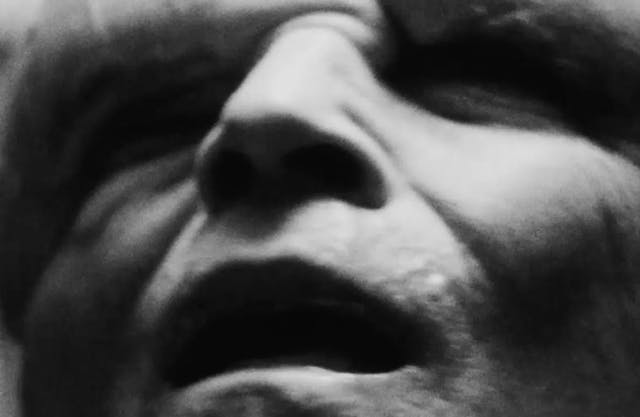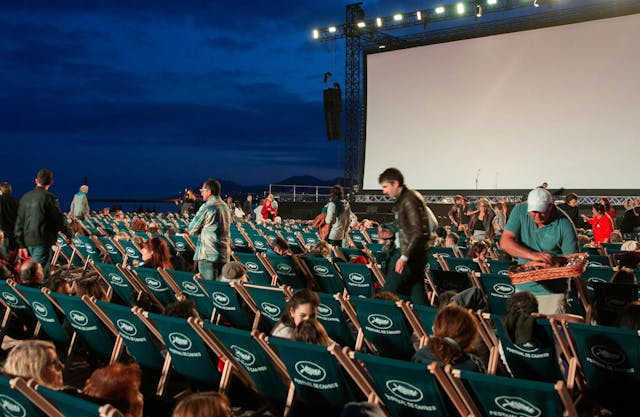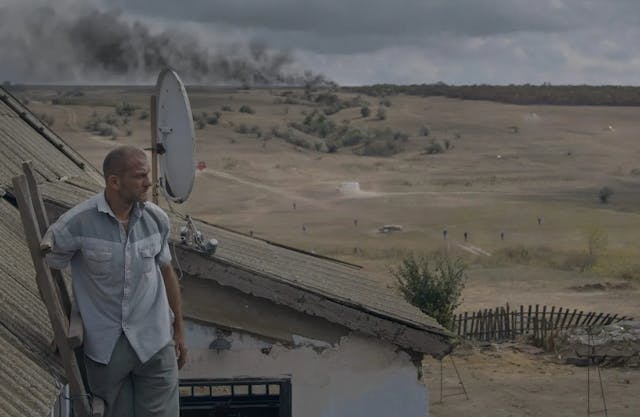Review: "A Cop Movie" Steals the Ariel Prize for Best Documentary

Every year, the Mexican Academy of Film Arts and Sciences honors the best filmmaking in the country with the Ariel Awards. Think of them as the Mexican Oscars, but with higher stakes. Hollywood takes up a lot of oxygen in theatrical distribution and the attention span of worldwide audiences. Prizes like this bring that precious commodity, awareness. We can be jaded about these competitions, but on some level, they still matter. On October 11, 2022, the 64th ceremony split most awards between two striking candidates, Prayers for the Dying (Tatiana Huezo, 2021) and A Cop Movie (Alfonso Ruizpalacios, 2021). It is hard to split hairs with their Solomonic decision, although Ruizpalacios’ brilliant yarn defies categorization. Can it be the Best Documentary of the Year if only part of it is a documentary, and the rest is fiction?
You can feel the Netflix algorithm breaking down as it tries to label A Cop Movie. This playful exploration of police work in Mexico is also an interrogation of the artifice of filmmaking. It won a well-deserved prize for Outstanding Artistic Contribution in Editing for editor Yibran Assad at the 2021 Berlin Film Festival. It was also in the running for the top prize, the Golden Bear. It is impossible to ponder the methods of A Cop Movie without spoiling some of its surprises, so proceed with caution.
A female officer named Teresa becomes our guide into life on the police beat. Warm and candid, she narrates how she got into the police force as she goes about the daily grind of her work. She speaks to a handheld camera, but the action and the framing are so well orchestrated, with such attention to the balanced composition of the images, that we can tell from the beginning that this is not a straightforward documentary. Questions about its making begin to reverberate. Did they interview her first? Is she performing her own words in staged set-ups? A shocking incident of sexual harassment introduces Montoya, a male police officer. And yet, when the point of view of the narrative switches to him, the meaning of the act changes. It is a raunchy public display of affection. Montoya is her husband. The couple even shares a squad car known as The Patrol of Love.
The script by David Gaitán and Ruizpalacios is honest about its literary intentions by dividing the movie into chapters. After all, a dramatic structure is a willful way to organize events to make sense of them. The chapter titled The Patrol of Love concludes abruptly when an electricity generator malfunctions. It happens that everything we have seen is a movie. Actors Mónica del Carmen and Raúl Briones play the roles of Teresa and Montoya. The film jumps back in time to follow them as they sign up at the Police Academy. We see them complete the coursework as preparation for acting their roles. Here the movie turns into a reality show of sorts. The actors get a course of empathy by immersion, going through the training every cop endures. And then, it takes you to a whole different realm.
What is a twist? Can we deploy it for something other than creating a narrative surprise? A Cop Movie keeps pulling the rug from under our feet but is not out to question and debunk the fakery of moviemaking. It uses the malleability of the medium. It is the best way to engage with the complexities of the situation. We, as a society, endow human beings with so much power over others while locking them in an imperfect and sometimes corrupt system. There is something theatrical in the pageantry of police work: the dramatic stakes that may rise to life-or-death situations, the uniforms, and the rituals of procedure. The Miranda rights read to citizens upon arrest are lines that must be learned by heart and spoken out, like lines from a play.
Self-mythologizing goes to the backseat when the actors themselves take over the narrative flow. The civilians, rid of the pretense of being cops, vent their mixed feelings at portraying cerdos, that is, pigs. That both Spanish and English speakers use the same term to refer derisively to cops is evidence of how universal the feeling of suspicion towards them is. In Latin America, this is the normal state of affairs. In the United States, a similar sentiment has risen in the last few years, as lethal episodes of police brutality toward minorities are more prominent in news coverage. The movement to defund the Police became the perfect opposite of rampant militarization. The issue fell on a partisan divide. Conservatives go all in for the blue, while liberals denounce their worst excesses. Both extremes can converge in the audience of this movie.
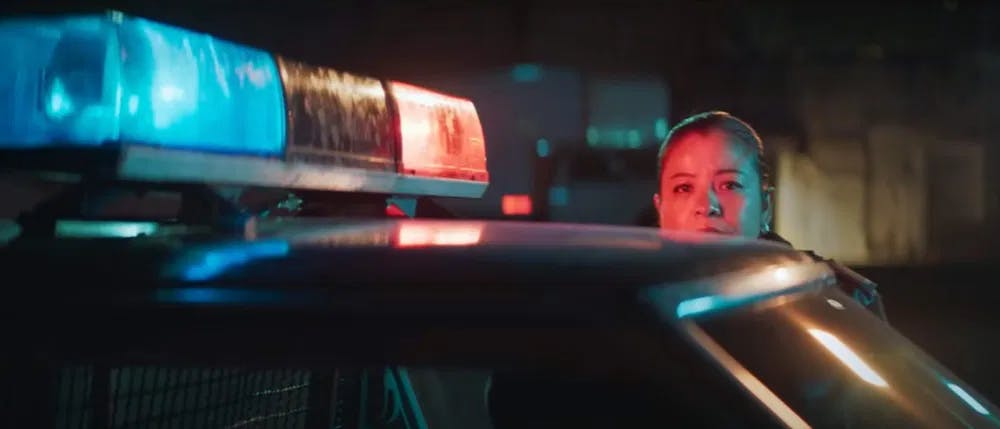
Poverty and racism are factors in the equation but different ways. In one of the testimonial videos she records, Mónica del Carmen mentions how she noticed that most of the police recruits she finds in the Academy look like her. She is an indigenous woman. For Theresa, the job is a legacy career - her father was a Policeman - but many others see it as a survival strategy. Training only takes six months, and as meager as the salary can be, it helps you to get by. Once within the system, there are many ways to make extra income, some not necessarily legal.
It would be a mistake to dismiss A Cop Movie as pro-cop propaganda. It offers a nuanced portrait of this particular occupation while acknowledging the darker roads it might take. Teresa and Montoya seem to be a couple of good eggs. Their transgressions are harmless, and they become victims of the system. After all, the narrative is defined or limited by the actions of real people. The denouement depends on a particular brand of corruption that may be less familiar to Americans. I am an expatriate from a developing country. As such, I can tell you that as bad as things can seem, American institutions, including the Police, are more solid and professional than in Latin America.
Even when the politics get too specific, cinephiles everywhere can enjoy bravura filmmaking. Ruizpalacios loves the medium and has fun with it. The mythologizing that media exercises is acknowledged and played upon when staging action scenes. The persecution of a petty thief in a subway station plays like something out of a Michael Mann film. In a clever nod to the past, the filmmakers spice up the soundtrack with some deep cuts from composer Lalo Schifrin. He is best known for the theme of the original TV series Mission: Impossible (1966 - 1973). Schifrin was the go-to guy for exciting musical scores for over three decades. Here, the movie gains pulse-pounding suspense by appropriating his compositions from Once a Thief (Ralph Nelson, 1965) and Joy House (René Clement, 1964), among others. It is a sly way to suggest how film and TV color our perception of the reality of Police work as a real-life human endeavor.
I am curious about how American audiences will receive the movie. It would be facile to dismiss it as copaganda. Police brutality is a problem in both the United States and Mexico, but each country has its variant of this societal illness. Fire up Netflix, and check it out. And if you can, make it a double-bill and catch Prayers for the Dying, also available at the streamer.
Want to get an email when we publish new content?
Subscribe today